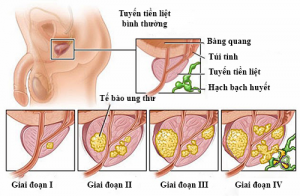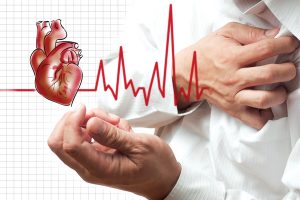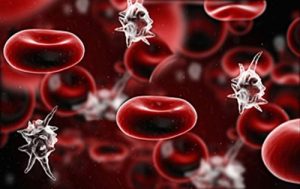Some things to know about high blood pressure
01/10/2018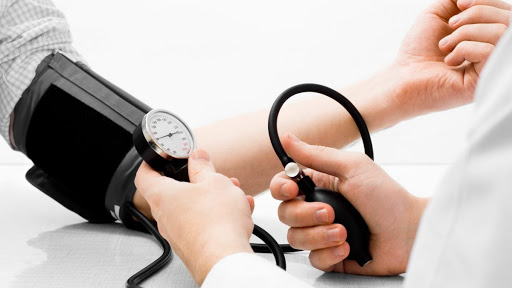
Hypertension is one of the leading contributors to death globally. High blood pressure is a silent killer and carries a lot of risk for serious cardiovascular events for patients. Worldwide, the rate of hypertension is up to nearly 20% (according to the World Health Organization).
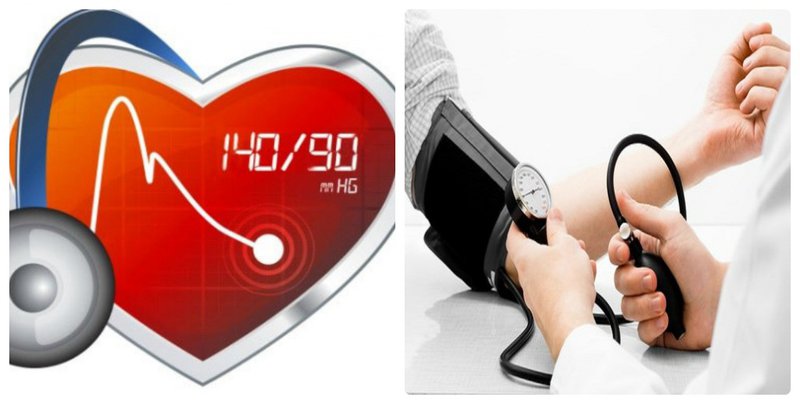
In the United States, according to the latest analysis published by the CDC (Centers for Disease Control and Prevention), the rate of hypertension is up to nearly 30%. In the United States, about a quarter of the population has high blood pressure (about 58.4 million people). The prevalence of hypertension in the United States increases with age, meaning that about half of the U.S. population >60 years of age has hypertension. In Vietnam, the frequency of hypertension increases as the economy develops. Without effective preventive measures, by 2025, nearly 10 million people will have hypertension. The status of knowledge and control of blood pressure in Vietnam is also of great concern when only 23% of people know the risks of hypertension correctly (data in 2002 by Prof. Dr. Pham Gia Khai et al. ). Meanwhile, only about 34% of people with hypertension are treated, and among them, the rate of blood pressure control is only 11% (survey of the Vietnam National Heart Institute in 2008).
What is blood pressure?
Blood pressure (BP) is the force the blood exerts on the walls of the arteries. Blood pressure is measured in mmHg which is determined by measuring blood pressure.
When do you know you have high blood pressure?
According to the World Health Organization (WHO), hypertension is diagnosed when the mean value of at least two measurements of systolic blood pressure is ≥ 140 mmHg and/or the mean value of diastolic blood pressure is ≥ 90 mmHg. , for at least two consecutive visits. Currently, the use of home blood pressure monitors is very popular and convenient for patients to monitor their condition. To measure blood pressure at home to confirm the diagnosis, it is necessary to ensure 3 things:
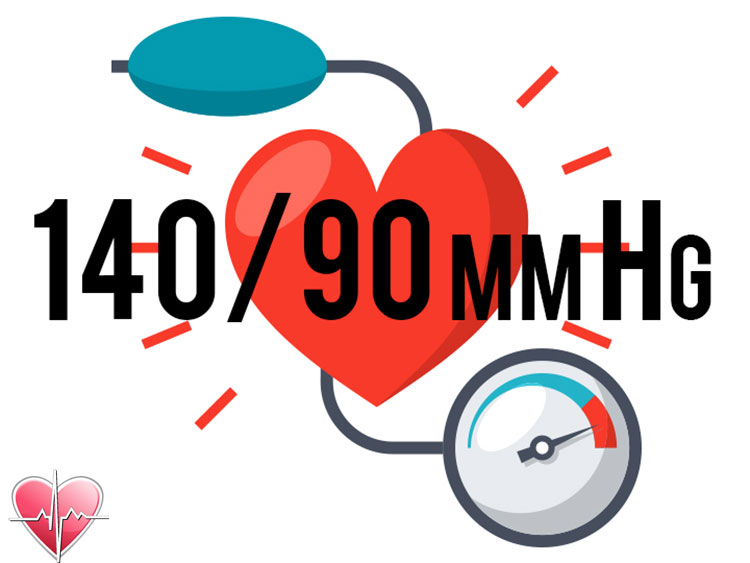
1. Each blood pressure measurement needs to be measured twice in a row, about 1 minute apart in a sitting position.
2. Blood pressure should be measured 2l/day, preferably once in the morning and once in the evening.
3. Need to measure blood pressure continuously at least 4l/day, ideally 7 days. Discard the first day and use the mean of the remaining measurements (≥135/85 mmHg) to confirm the diagnosis. Pending confirmation of hypertension, investigations should be performed to detect end-organ damage (eg, left ventricular hypertrophy, chronic kidney disease, and hypertensive fundus) and assess cardiac risk. circuit. People with normal blood pressure should have their blood pressure re-measured every 2 years, and people with pre-hypertension should make lifestyle changes and recheck after 1 year.
Causes of high blood pressure?
Up to 90-95% of essential hypertension is called primary hypertension and is defined as high blood pressure for which no obvious secondary cause is identified. The rest is secondary hypertension when there are obvious causes (heart, kidneys, etc.). Hypertension due to renal vascular disease, although accounting for only 2-3% of people with hypertension, is also one of the most common causes of secondary hypertension. The majority of hypertension due to renal vascular disease is directly related to renal hypoperfusion, a consequence of renal artery stenosis, or one of their branches…. Or adrenocortical hypertension, alteration in aldosterone secretion or Cushing’s syndrome, Corn’s syndrome, etc. In addition, there are changes in the humoral nervous system due to inappropriate activation of the system of antidiuretic hormones that disrupt the diuretic function due to increased sodium excretion blood pressure and lead to chronic hypertension.
Symptoms of high blood pressure?
When high blood pressure usually has very few symptoms, there may be such as headache, nervousness, easy fatigue, chest pain, shortness of breath… There are many cases of high blood pressure but do not know because there are no unusual symptoms.
Hypertension – “silent killer”?
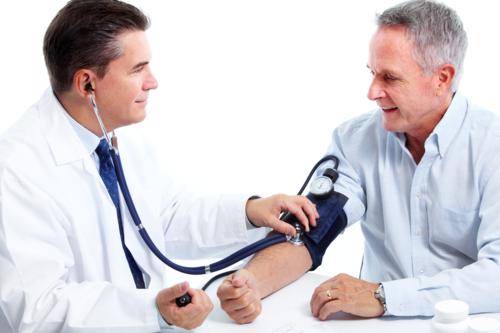
Hypertension is poor in symptoms but has many serious complications for patients and leaves heavy consequences for families and society. The disease has many complications such as angina pectoris, cerebral palsy, cerebral hemorrhage, renal failure, retinal artery hypertension, vestibular disorders, blindness….When the patient is not treated properly, it will be very dangerous. danger and the risk of serious complications is greatly increased. So what is the goal when treating high blood pressure for a patient? It is the treatment of the secondary cause (if any), if the cause cannot be treated, or it is essential hypertension, the goal of treatment is to eliminate the risk factor, control the blood pressure level to prevent. symptoms.
Effective treatment for high blood pressure?
Clinical trials have shown that treating hypertension reduces cardiovascular events. However, in fact, the role of antihypertensive drugs in preventing stroke and death from coronary heart disease is not high. There are many reasons for this such as: low proportion of patients receiving adequate dose, lack of consideration for comorbidities, blood pressure level to initiate treatment and blood pressure target being too high.
Source: 108 Hospital Website
Bài viết liên quan
- How dangerous is prostate cancer?
- Overview of Acute Coronary Syndrome (ACS)
- Septicemia: Causes, signs and treatment
- Hemophilia: Causes, symptoms, diagnosis and treatment
- 6 things to know about cervical cancer
- Hyperthyroidism and cardiovascular complications
- 70% of people with diabetes in Vietnam have not been diagnosed
- Patient satisfaction is top priority: Prime Minister
- Local residents get free medical service

